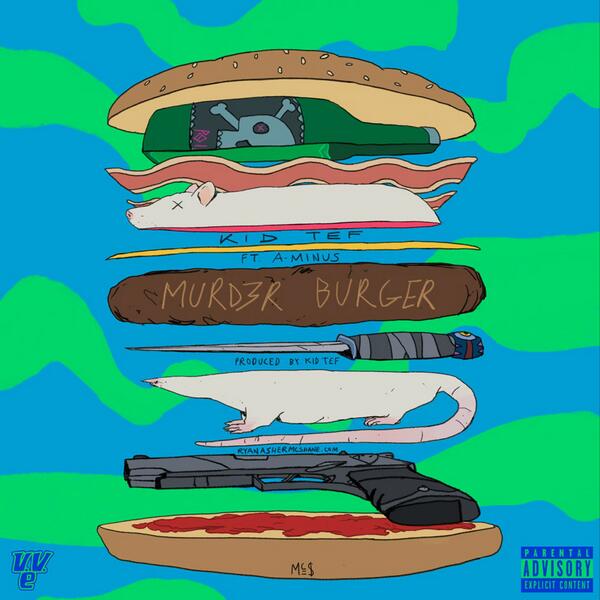
BLOGS LIKE THIS ARE CONSIDERED THE NEW RECORD STORE, MAGAZINE,DVD,AND EVENTUALLY THE LABEL
Pages
▼
Thursday, October 31, 2013
Wednesday, October 30, 2013
Monday, October 28, 2013
Wednesday, October 23, 2013
Monday, October 21, 2013
Sunday, October 20, 2013
@FreshFlixTV @freshnuttz @CHAVISCHANDLER FLIK'N WIT CHAVIS #1
This aint part of the Ridin wit Nutty series, although I have seen all 11 videos this may be the dopest freestyle that Mr.Ingram has capture yet....salute my VVE brother Chav De Garcon
Friday, October 18, 2013
All Of The 2013 BET Cyphers Including TDE, A$AP Mob, & More
A$AP Mob:
Jon Connor, Wax, Rapsody, Emis Killa, & Rittz:
Slaughterhouse:
Action Bronson, Starlife Breezy, Travi$ Scott, Tiffany Foxx, & Lil’ Kim
Jon Connor, Wax, Rapsody, Emis Killa, & Rittz:
Slaughterhouse:
Action Bronson, Starlife Breezy, Travi$ Scott, Tiffany Foxx, & Lil’ Kim
Thursday, October 17, 2013
@ComplexMusic The 411 On The 313: A Brief History of Detroit Hip-Hop Written by Mike Rubin (@rubinbooty)

For much of the initial half of hip-hop’s first three decades, Detroit was a missing player on the national stage. Despite being perhaps the most important city in the musical history of the 20th Century, there were remarkably few rappers that managed to break free of municipal limits until the late 1990s.
The music industry had treated Detroit as flyover territory ever since Motown Records departed for L.A. in the mid-’70s. With few opportunities for major label deals, no consistently successful local independent record companies, and scant radio airplay, the deck was stacked against any artist being heard much beyond 8 Mile Road (the infamous northern boundary line between the predominantly black city and its predominantly white suburbs).
Today, of course, any hip-hop head is familiar with the legacy of the producer J Dilla and the high-octane hijinks of motor-mouthed Motor City MCs—from Eminem to Big Sean to Danny Brown. But it takes a little deeper digging in the crates to unearth the fuller story of Detroit hip-hop’s truly flavorful history. This is The 411 On The 313: A Brief History of Detroit Hip-Hop.
The music industry had treated Detroit as flyover territory ever since Motown Records departed for L.A. in the mid-’70s. With few opportunities for major label deals, no consistently successful local independent record companies, and scant radio airplay, the deck was stacked against any artist being heard much beyond 8 Mile Road (the infamous northern boundary line between the predominantly black city and its predominantly white suburbs).
Today, of course, any hip-hop head is familiar with the legacy of the producer J Dilla and the high-octane hijinks of motor-mouthed Motor City MCs—from Eminem to Big Sean to Danny Brown. But it takes a little deeper digging in the crates to unearth the fuller story of Detroit hip-hop’s truly flavorful history. This is The 411 On The 313: A Brief History of Detroit Hip-Hop.














































